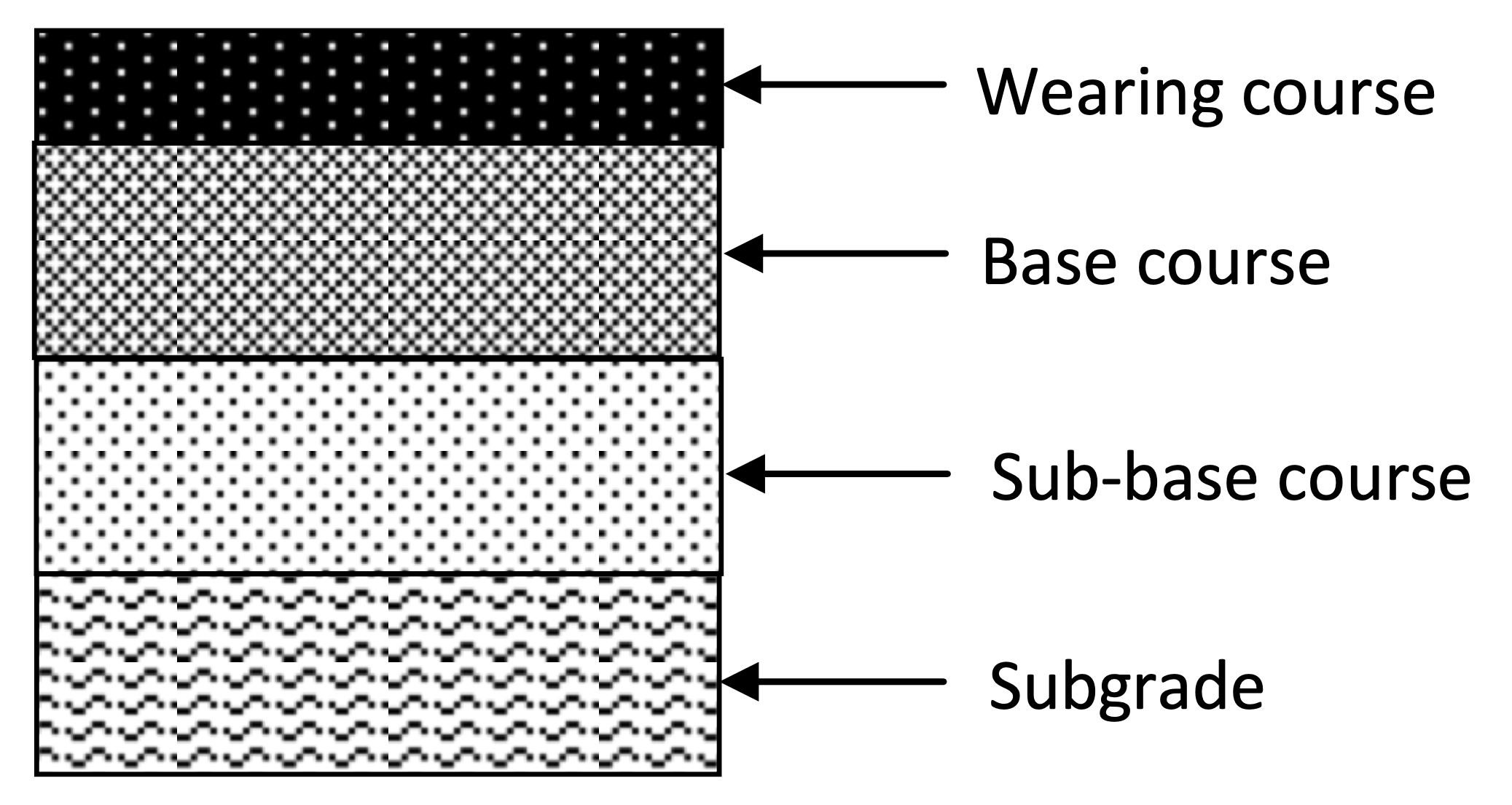ARTICLES & FEATURES

Lisa Ramoutar is a TTCA Board Director and the Laboratory Manager at Caribbean Industrial Research Institute (CARIRI). Mrs. Ramoutar is a Civil Engineer with over 10 years experience in investigating materials in construction. She supervises an experienced and knowledgeable team at CARIRI. Their goal is to improve quality in construction.

TTCA Quarterly
e-Magazine
Subscribe for more Articles and Features
The Top 3 Tests To Perform On Your Road Base and Sub-Base Materials
Since the dawn of time man has recognized the importance of travelling from one point to the next for survival. Man walked on land, created boats for travel at sea and planes for travel in the air. We have seen transportation systems develop correspondingly on land, water and in the air. Today, one of the most common and frequently used systems of transport on land is by road.
Roadways or pavements can be flexible (asphalt/bitumen based) or rigid (concrete / cementitious materials based); with both types carrying their own inherent advantages. In Trinidad and Tobago, the majority of public roadways are flexible and constructed with hot mixed asphalt or bituminous mixes. Can you think of any rigid pavements that you’ve seen locally, regionally or even internationally?
To better understand what properties should be assessed, we must first appreciate the function of the layers within the structure of the pavement; they are after all designed for a purpose.
The typical profile for a flexible pavement of asphalt comprises four layers as shown in the sketch here.

The wearing course is the typical asphalt layer which can be hot mixed asphalt, warm mixed asphalt, cold mixed asphalt or many other types of mixes, including mixes containing recycled materials. This layer serves to provide road users with a smooth ride. From an engineering standpoint, the wearing course protects the underlying layers from weathering and prevents the infiltration of water into the pavement structure. As it is the surface that is in contact with vehicle tyres it also protects the lower layers from abrasion due to the movement of vehicles. During driving, vertical compressive forces are transferred from the vehicles to the wearing course and they are transmitted through the layers down to the foundation. Consider however during braking and stopping, the wearing course is subjected to somewhat lateral tensile forces and therefore needs to be adequately strong to also resist those forces.
Directly under the wearing course is the base course layer which comprises high quality materials to support the wearing course and help to prevent distortion of the wearing course. It is critical that this layer is sufficiently compacted.
The base course layer rests atop what is known as the sub-base layer. This layer is designed to evenly spread the load of paving and traffic. With proper compaction that allows for the interlocking of aggregates, this layer not only helps to prevent rutting, but also helps to prevent this rise of water and capilliary action within the pavement structure.
Finally the very foundation of the roadway is the layer referred to as the Subgrade material which bears the load of the roadway in use. This layer is typically a well compacted natural soil.
Given the purpose of the individual layers to not only withstand service loads and to give users a smooth ride, but also to prevent negative impacts from weathering and water infiltration there are a few essential laboratory tests to consider when assessing materials for the supporting aggregate layers (Base and Sub-base):
1. Soil classification – This is an assessment of the particle size distribution of the aggregates as well and its plasticity behaviour. Consideration of the shape of particles is also useful in this assessment to allow for interlocking. Generally the particle sizes will be specified within an envelope or a specification grading band, which the material must fall within when assessed.
2. Compaction via Proctor test – This assessment of the material requires a well graded material containing fines to allow for compaction; it gives the maximum dry density and the optimum moisture content of the material. These are in turn used to assess the percentage compaction of the material on site.
3. Bearing Capacity – The California Bearing Ratio (CBR) is a measure of strength of the material when compacted and it is used to determine the material’s suitability for withstanding the intended loading. For instance when specifying a requirement for CBR for rural roads and highways, one will expect that highways will be subject to higher and more frequent loading, therefore requiring a material with a higher CBR value.
It is useful to note that each road construction project is different from the next and there are several factors that will influence the outcome of construction including but not limited to: site location, terrain, weather conditions, soil types and stability, drainage, availability of materials and methods of construction. Each construction project is a careful managing of cost, scope, manpower, materials and machinery to achieve a quality end product. This entails proper project management and sufficient attention to risk management. One of the measures to mitigate risk is to ensure that the material components to be used are sourced and assessed early for approval, and prior to delivery to site. Early assessment can avoid the cost and logistics associated with removing unapproved material on site and replacing with material complying with the contract requirements.
Notwithstanding the foregoing, materials that undergo laboratory assessment and that do not fully comply with the contract and specification documents need not necessarily be rejected provided that successful performance and durability can be demonstrated and assured from other similar constructions.


